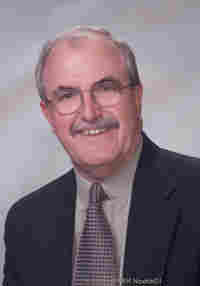Truth In Taxation Hearings
Last week we read two articles referring to “Truth in Taxation” and your local government –which as a council member I play a part. Matthew Stole’s article on November 24 reflected the advice of top state legislators, “State to Taxpayers: Don’t roll over”. In the same issue Pat Anderson wrote an article titled, “Low turnout will tell officials that you are satisfied”.
I certainly don't think I’m a “roll over’ sort of person and don't think that those of you reading this are either. Nor am I, or the others on the city council, naive enough to beleive that if you don't show up for the “Truth in Taxation” meetings you give us permission to spend your tax dollars foolishly, recklessly, wantonly. But we want you there anyway.
What is important is your help and advice BEFORE we make decisions – like now!
We're going to hold the annual Truth in Taxation/City Budget hearings starting Monday 12/12 Conference room 104 from 3:30 to 7pm.
Monday 12/12 -- Overview and general review;
Tuesday 12/13 -- Departmental reviews;
Wednesday 12/14 -- Outside agency requests and continuation of the operating budget;
Thursday 12/15 -- CIP (Capital Improvement Plans if not covered in previous sessions); backup/overflow if required.
If there's anything you want addressed during these hearings make sure you attend or, better yet, get the information to me. A general "cut our tax - your wasting money" won't help. We really do want to keep our expenses/tax dollars down. Almost everyone thinks government spends too much and wastes money. Show me where you think we're messing up. I've always had a standing invitation to listen to you, take your information (and you), set up a meeting with the appropriate party and try to do something to resolve yourissue. Waiting until all the discussions and reviews are done and we present the budget at the "official" Truth in Taxation hearing on December 21 won't get much accomplished. We need your input NOW!
I'll be attending a conference in Charlotte for the National League of Cities next week from 12/5 to 12/11 so we only have this week to meet but I will try to stay in contact via my trusty laptop while gone. Thanks

